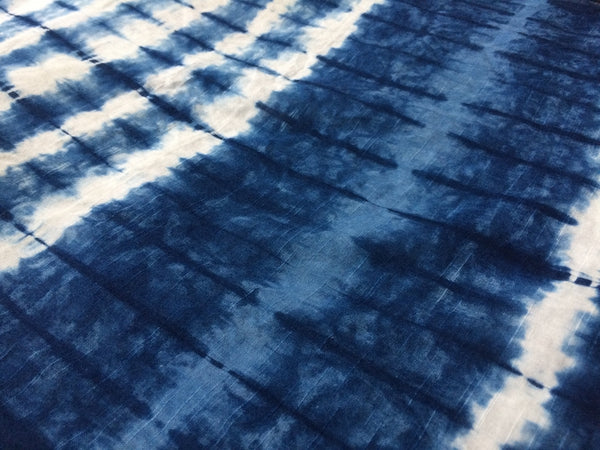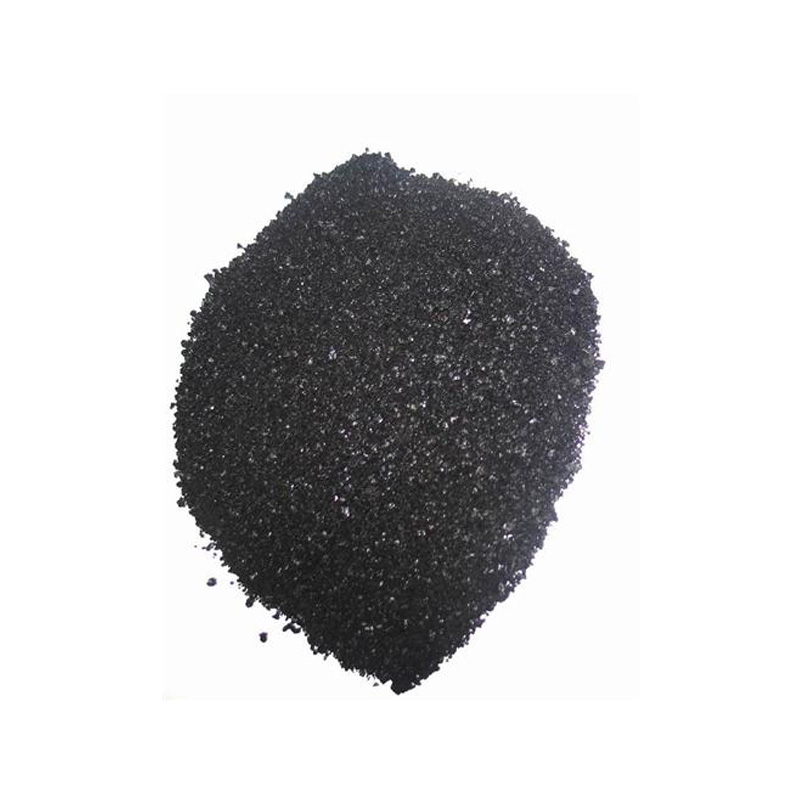source of indigo dye


Moreover, in terms of trustworthiness, indigo dye, when compared to synthetic dyes, offers a more environmentally friendly and sustainable option. It is biodegradable, and the cultivation of indigo plants can even contribute to soil health through nitrogen fixation. Companies tapping into this aspect of indigo dye have a unique opportunity to gain consumer trust by promoting sustainable practices and products. This aligns with the growing consumer preference for eco-friendly and ethically-produced goods, enhancing the brand's credibility and appeal. Innovation in the production and use of indigo dye continues to evolve, with modern textile techniques and applications widening the use of this timeless colorant. Companies investing in research and technological advancement can further enhance their expertise in this domain, offering innovative solutions that marry tradition with modernity. In summary, sourcing and producing indigo dye is a complex blend of traditional expertise, experiential understanding, and historical authority. It represents not just a product, but a legacy that embodies trustworthiness through its sustainable and culturally significant impact. By focusing on quality, sustainability, and authenticity, businesses can capitalize on the rich heritage and trusted reputation of indigo dye to enhance their product offerings in today’s competitive market.
-
Thermal Stability Analysis of Bromo Indigo Pigments
NewsJun.06,2025
-
Sulphur Black Dye Oxidation Process Optimization
NewsJun.06,2025
-
Lightfastness Testing of Bromo Indigo Dyed Denim
NewsJun.06,2025
-
Granule Size Distribution and Jeans Color Uniformity
NewsJun.06,2025
-
Gradient Dyeing Methods with Indigo Blue Granules
NewsJun.06,2025
-
Dyeing Temperature Effects on Sulphur Black Color Fastness
NewsJun.06,2025
-
Sulphur Black Dyes in Daily Use
NewsMay.07,2025

Sulphur Black
1.Name: sulphur black; Sulfur Black; Sulphur Black 1;
2.Structure formula:
3.Molecule formula: C6H4N2O5
4.CAS No.: 1326-82-5
5.HS code: 32041911
6.Product specification:Appearance:black phosphorus flakes; black liquid

Bromo Indigo; Vat Bromo-Indigo; C.I.Vat Blue 5
1.Name: Bromo indigo; Vat bromo-indigo; C.I.Vat blue 5;
2.Structure formula:
3.Molecule formula: C16H6Br4N2O2
4.CAS No.: 2475-31-2
5.HS code: 3204151000 6.Major usage and instruction: Be mainly used to dye cotton fabrics.

Indigo Blue Vat Blue
1.Name: indigo blue,vat blue 1,
2.Structure formula:
3.Molecule formula: C16H10N2O2
4.. CAS No.: 482-89-3
5.Molecule weight: 262.62
6.HS code: 3204151000
7.Major usage and instruction: Be mainly used to dye cotton fabrics.

